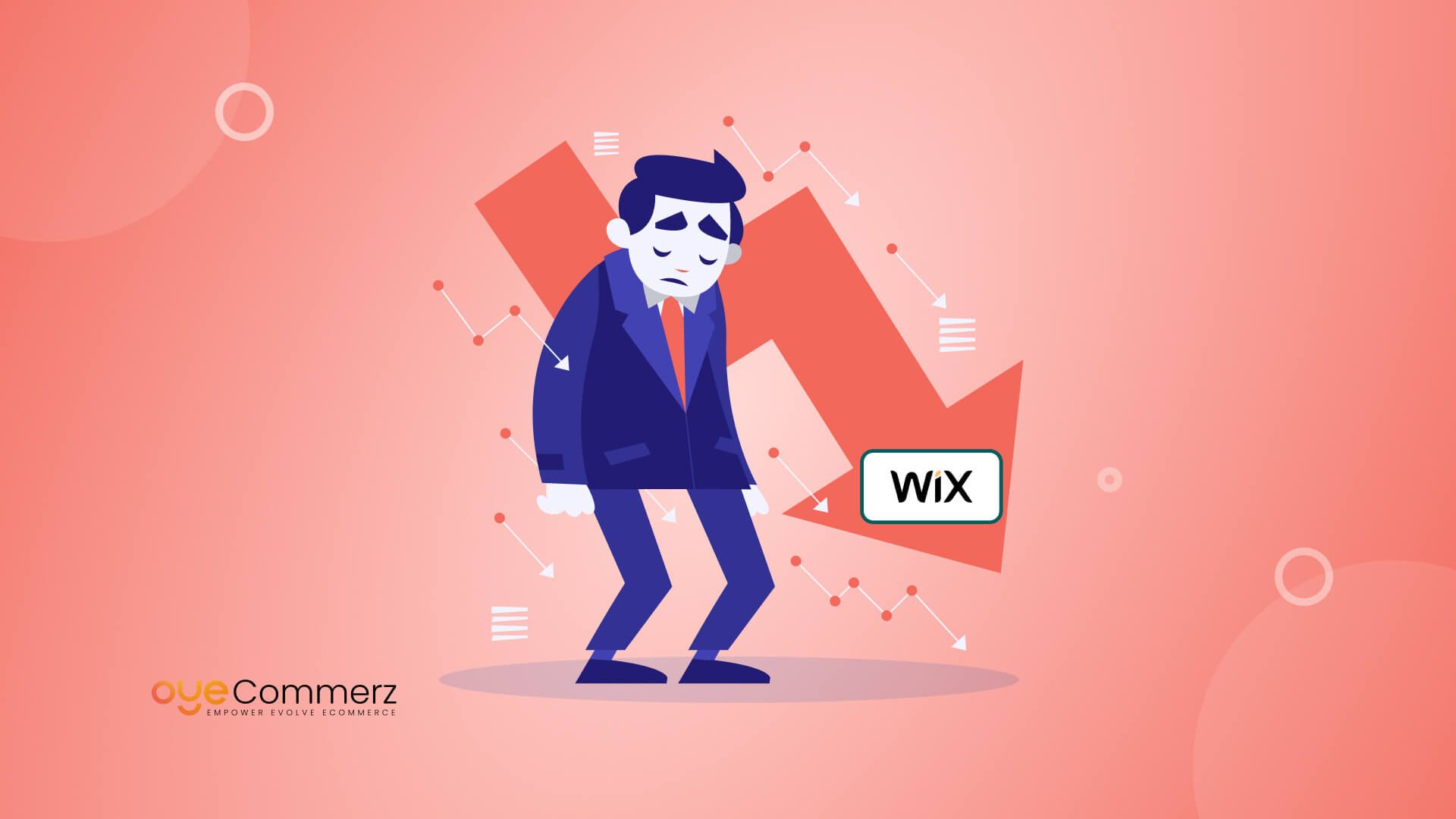In today's digital environment, choosing the right e-commerce solution is crucial for business success. If you're presently utilizing Wix but thinking about a switch to Shopify, you are in good company. Numerous companies are transitioning to Shopify to leverage its powerful features, expandability, and dedicated e-commerce tools. This article will walk you through the migration process, ensuring a seamless transition and setting you up for e-commerce success.
Why Switch from Wix to Shopify?
Before diving into the migration process, it's essential to recognize why Shopify might be a superior fit for your e-commerce requirements:
- Specialization: In contrast to Wix, which caters to multiple website types, Shopify is designed exclusively for e-commerce, providing advanced features and features tailored for digital commerce.
- Scalability: As your company grows, Shopify can seamlessly accommodate higher visitor volumes and transactions volume without sacrificing performance.
- Extensive App Library: Shopify offers a large library of apps that can enhance your store's functionality, from marketing tools to inventory management solutions.
- Search Engine Optimization: Shopify offers superior SEO tools, which can assist in improving your store’s visibility on search engines.
- Payment Options: With numerous payment gateways available, including Shopify Payments, you can provide customers a wide range of payment methods.
Preparing for Transition
To ensure a trouble-free transition from Wix to Shopify, adhere to these preparation steps:
1. Backup Your Data
Export all your data from Wix, including product details, customer information, and transaction logs. This process is crucial as it guarantees you have a copy of everything before initiating the transfer.
2. Choose Your Shopify Plan
Evaluate the various Shopify subscriptions available and select one that aligns with your company’s needs. Take into account factors such as costs, features included, and growth potential.
3. Create Your Shopify Profile
Register your Shopify profile and explore the platform’s dashboard and tools.
The Migration Process
Now that you're ready, it’s time to transfer your store from Wix to Shopify. Here’s how:
1. Transfer Items
Utilize Shopify's integrated import tool or third-party migration apps like Cart2Cart or LitExtension to move your items from Wix to Shopify.
Ensure that product descriptions, images, prices, and options are accurately transferred.
2. Transfer Customer Data
Import customer information such as names and email addresses into your new Shopify store. This step is vital for retaining customer relationships and marketing Online selling efforts.
3. Configure Transactions
Configure payment gateways in your Shopify store to guarantee smooth transactions. You can choose from multiple platforms like credit cards, PayPal, and others.
4. Customize Your Store Design
Choose a design that aligns with your brand identity. Modify it using Shopify's customization options to create an attractive and user-friendly shopping experience.
5. Search Engine Optimization
Apply SEO strategies during the transition process:
- Configure 301 redirects from old Wix URLs to new Shopify URLs.
- Optimize product titles, descriptions, and images with relevant search terms.
- Update meta tags and alt texts for improved search engine visibility.
Post-Migration Steps
Once your store is active on Shopify, consider these post-migration steps:
1. Test Your Store
Perform thorough testing of your new store:
- Check item listings for correctness.
- Verify payment processes.
- Ensure all hyperlinks work correctly.
2. Promote Your Store
Broadcast your new store launch through newsletters and social platforms.
Think about running promotions or discounts to draw shoppers.
3. Monitor Performance
Use analytics tools within Shopify to monitor sales performance and customer behavior.
Modify your strategies based on data insights.
Conclusion
Migrating from Wix to Shopify can significantly enhance your e-commerce capabilities and set Import products the stage for growth and success. By adhering to this manual and taking a systematic approach to the migration process, you can ensure a smooth transition that minimizes downtime and maximizes opportunities for sales. Embrace the change and see your online business thrive on its new platform!
